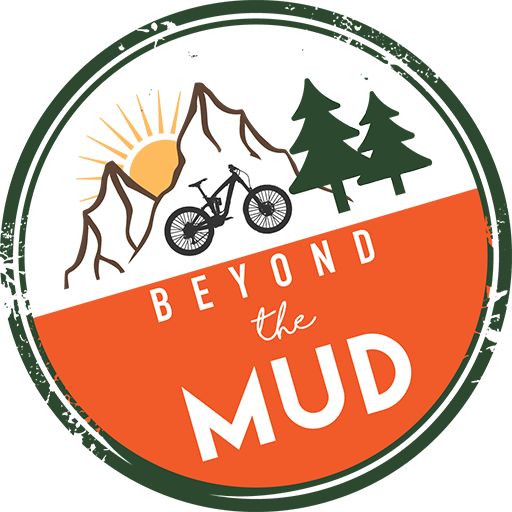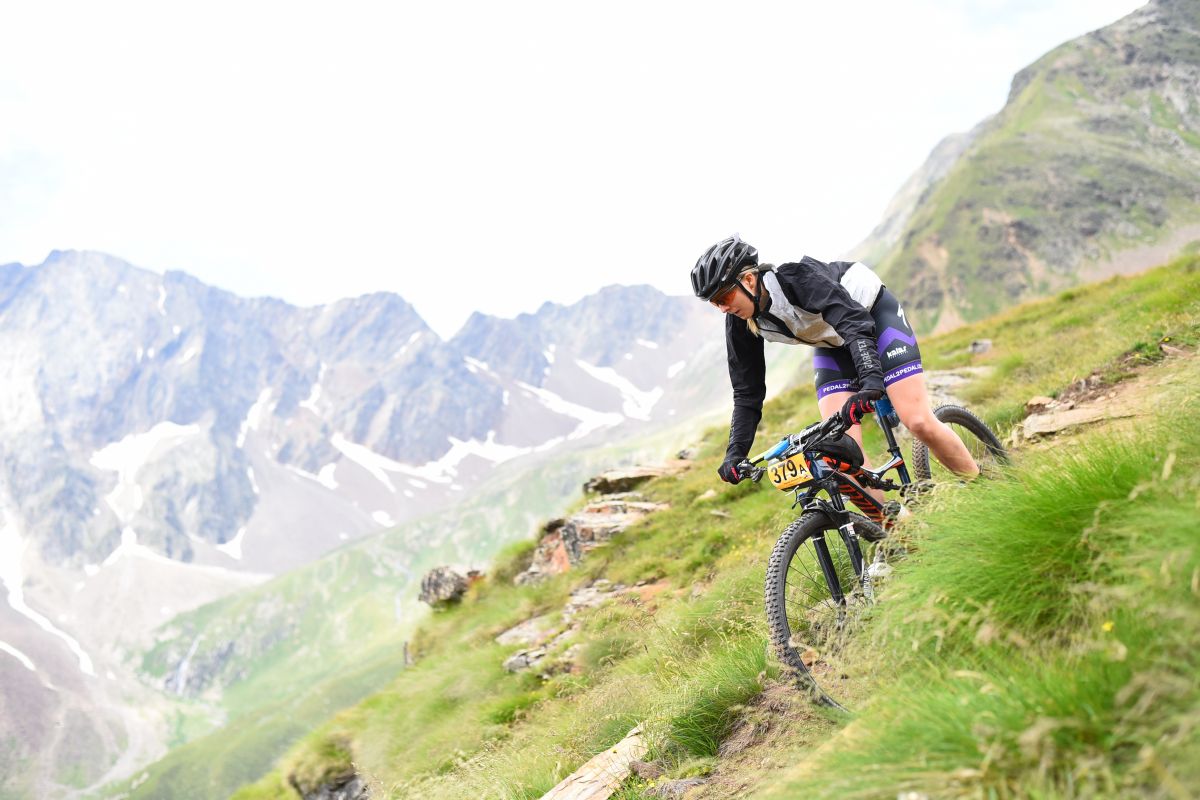Whether you’re riding on or off-road after working hard to get to the top of the hill it’s good to be able to recover and enjoy the descent.
In this blog post I am going to give you my top tips for going downhill on your bike with confidence.

Mountain Bike:
Going downhill on a mountain bike is the most exciting part, most of the time, gravity takes charge and with good skill you can navigate down almost any terrain whilst the countryside zips past, with the wind on your face and the ground undulating underneath you it’s a thrilling experience, as long as you feel safe and in control that is.

Here are my tips on riding with confidence downhill on a mountain bike.
- Get your body in the correct position. Make sure your feet are level on the pedals, this is called the ready position; raise your bum off the saddle so you can move around on the bike. Have a bend in your knees and elbows, your heels should be down pushing into your pedals.
- Keep two fingers over your brakes all the time this allows you to gently squeeze them on as and when you need them. Use your back brake before your front brake.
- Stay relaxed. Your knees should be pointing slightly outside your toes, not gripping your frame and your upper body should be loose. Do a few shoulder rolls and you will soon find out if you have tensed up.
- Look where you want to go. This sounds like an obvious one but looking further ahead enables you to pick the best line down the trail so you can flow down the single-track not losing any speed and avoiding obstacles.
- Practise makes perfect. Practise your descending technique on hills you feel comfortable with and as you feel more confident move to steeper longer descents.
Road bike:
The speeds you can reach on a road bike can be incredible, to enable you to be safe on the roads here are some key points you should follow.

- Controlled braking. Control your speed using periods of braking with both your front and rear brake together with equal force.
- Descend on the drops. You can get more leverage on the brake levers if your hands are on the drops, rather than the hoods.
- Body position. If you want to slow up use your body as a wind brake by sitting up.
- Look ahead for hazards. It’s important to spot hazards early, which means looking well ahead down the road to anticipate any potential obstacles, changes in terrain or oncoming traffic. Wet drain covers, painted lines, speed bumps, gravel and leaves should be avoided were possible.
- Set your speed before a corner. This applies off-road as well; setting yourself up to carry the speed you are comfortable with around the corner is important for smooth, safe cornering.
I hope you have found these tips helpful. If you would like to find out about coaching or have a question please comment below.
Thank you


